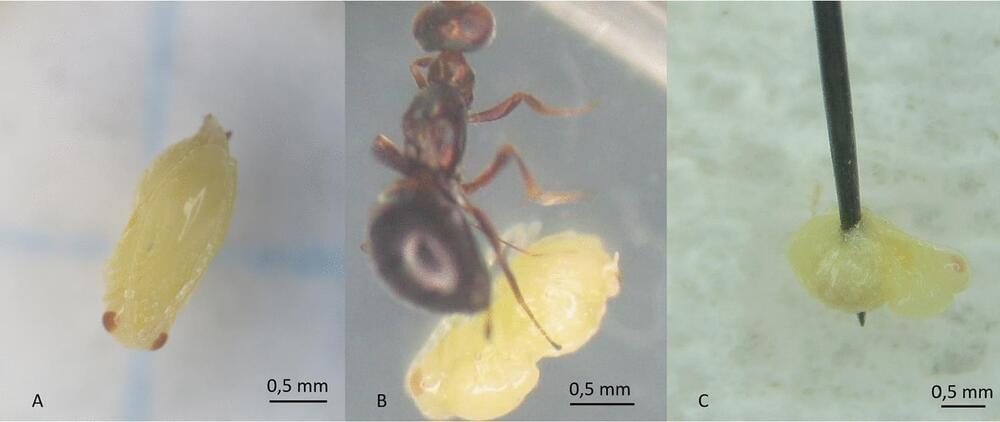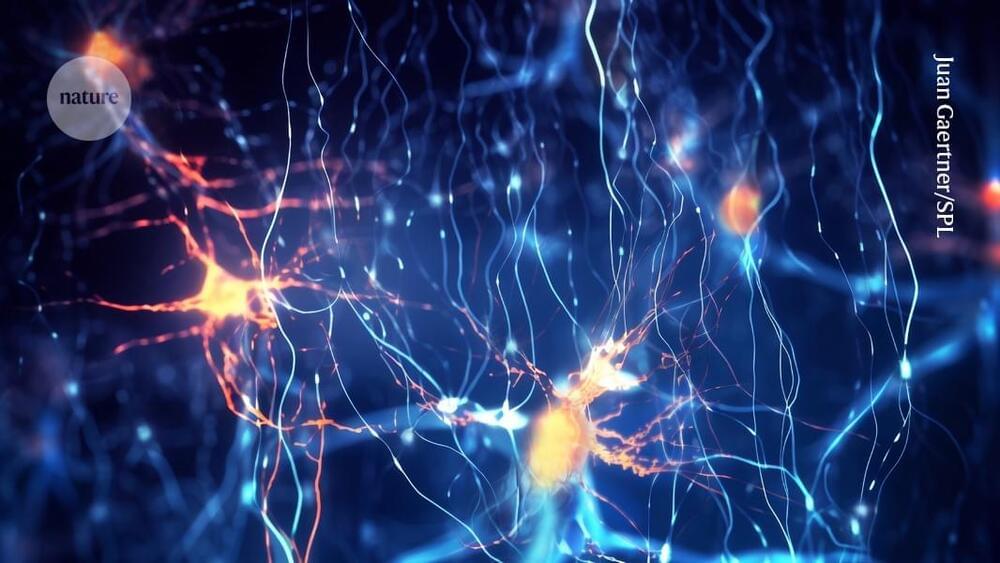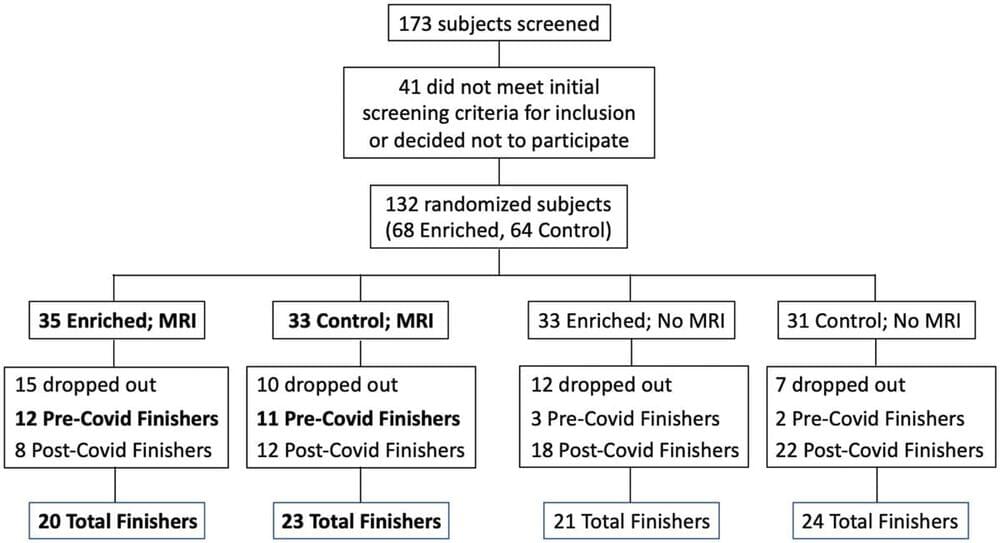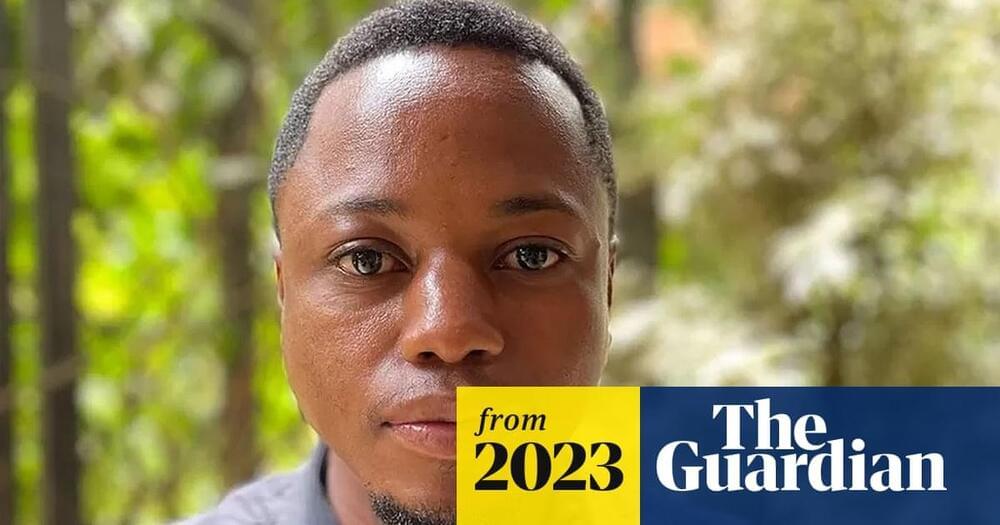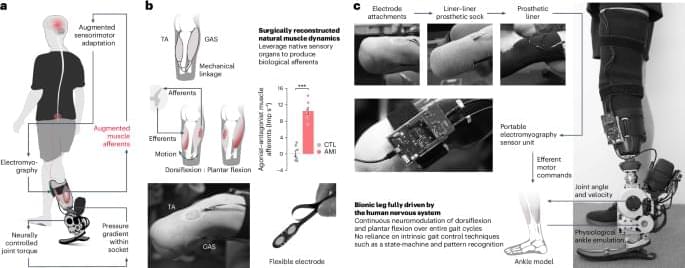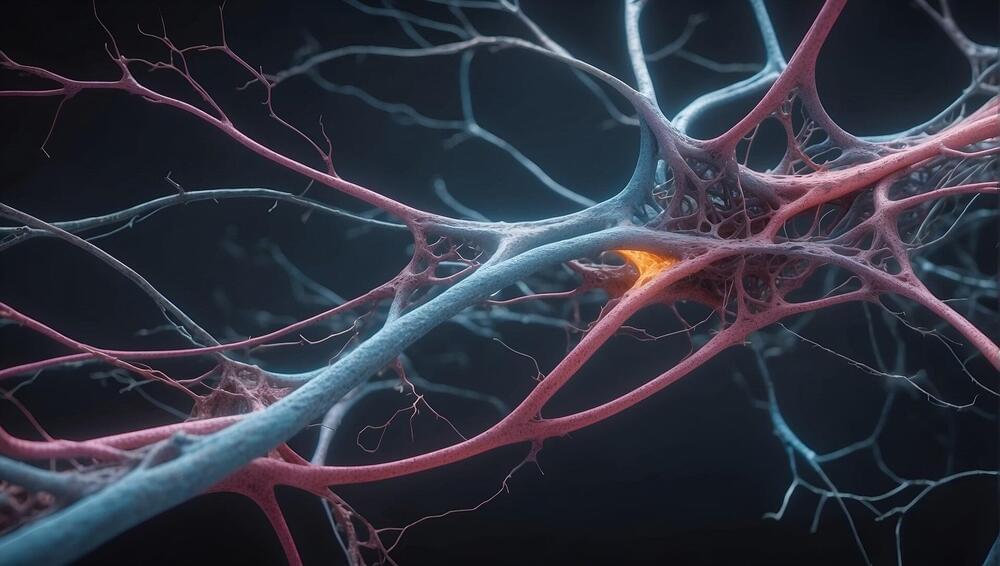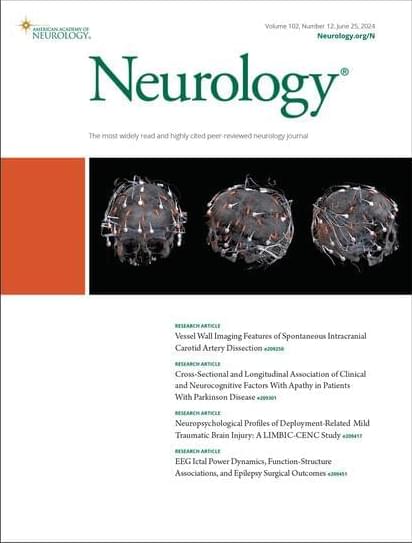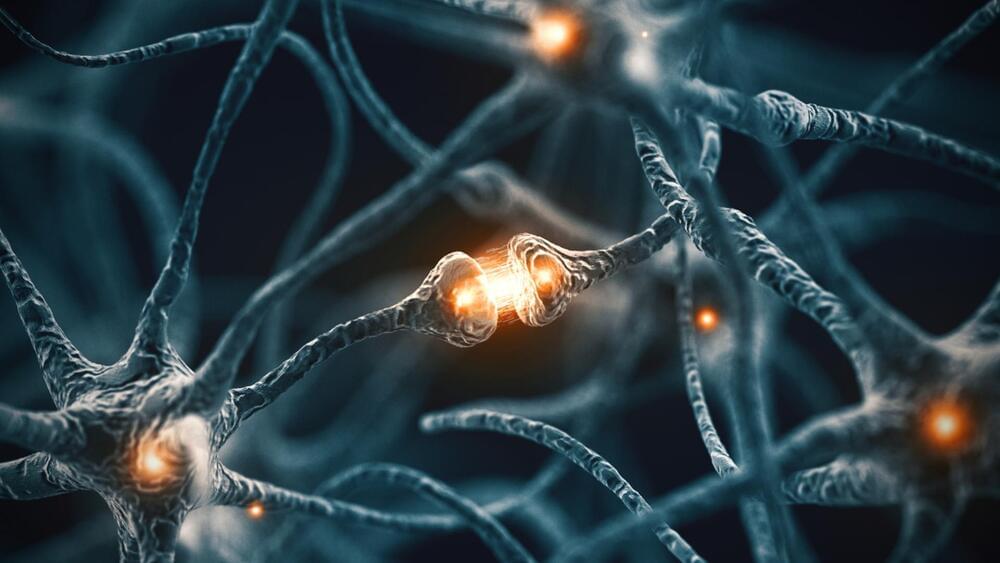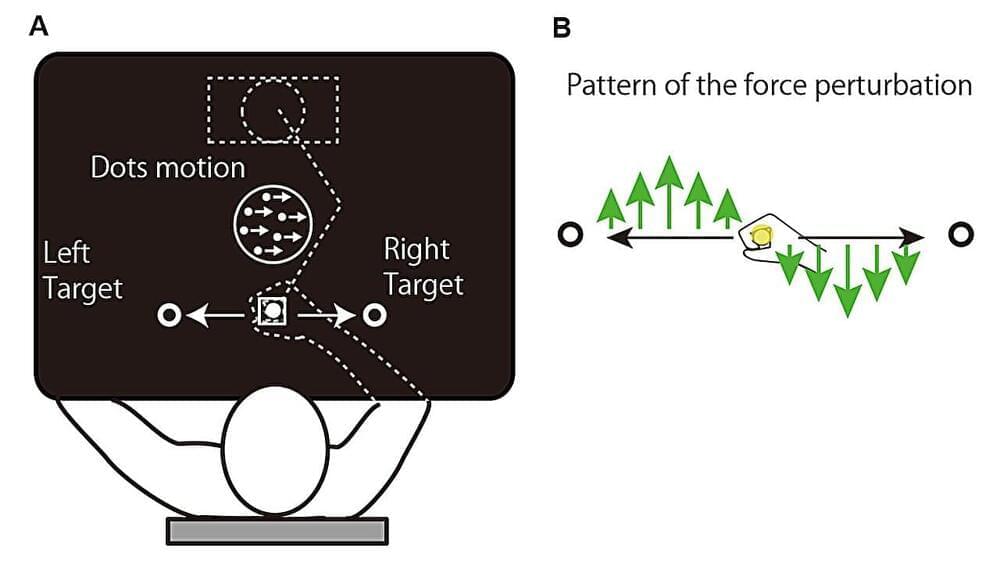Jul 7, 2024
Schrödinger’s cat among insects: non-invasive Raman spectroscopy to determine live and dead insects in diapause
Posted by Saúl Morales Rodriguéz in category: neuroscience
Diapause is a peculiar sleep of insects in which the animal’s motor activity completely ceases. During this period, insects become a good target for parasitoids, freely attacking them with their mobile ovipositors. We found that the parasitic wasp, Eupelmus messene (Hymenoptera, Eupelmidae, Cynipidae), stirs the internal contents of the diapausing host pupa of Aulacidea hieracii (Bouché, 1834) with its long and flexible ovipositor “making a shake” inside the pupa. However, the attacked pupae stay morphologically indistinguishable from healthy diapausing ones for several months. Using non-invasive Raman spectroscopy (RS), we, for the first time, studied the molecular composition of live diapausing and parasitized A. hieracii pupae.
